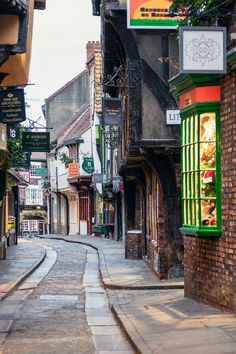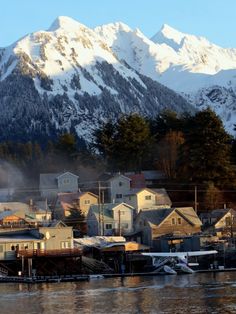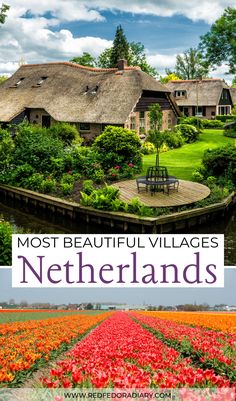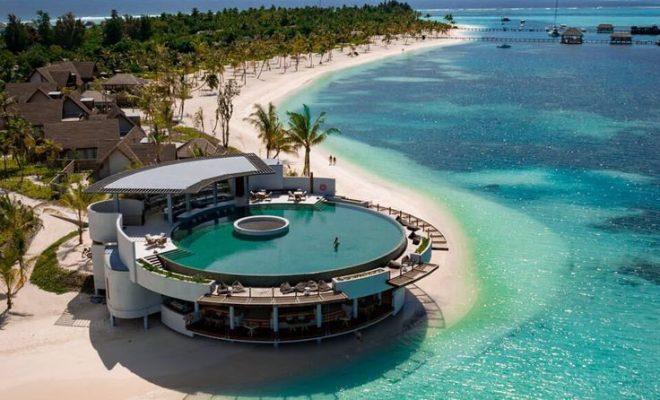The Best Places to See the Northern Lights in the U.s.
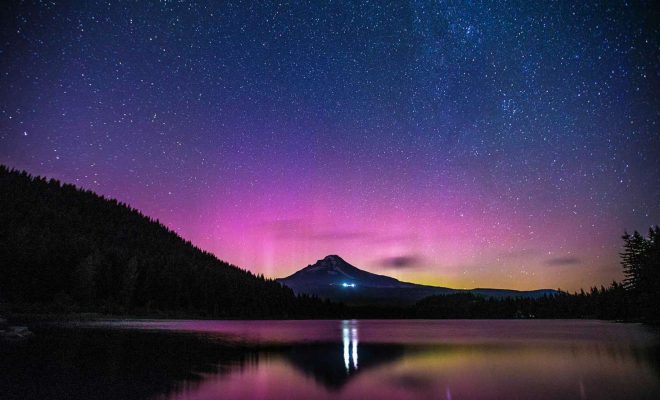
The Northern Lights, or Aurora Borealis, is a breathtaking natural phenomenon that lights up the night sky with spectacular colors. The best places to see the Northern Lights in the U.S are generally located in the northernmost parts of the country. Here are some prime locations where the chances of witnessing this wonder are high:
1. Fairbanks, Alaska: Known as one of the most reliable spots to view the Northern Lights in the U.S., Fairbanks is situated within a geographic sweet spot known as the “Aurora Oval.” Here, the lights show up on an average of 243 days a year.
2. Utqiaġvik (formerly Barrow), Alaska: The northernmost town in America offers a unique opportunity to witness the Aurora Boreal is with almost 24-hour darkness during winter, increasing your chances to see the lights.
3. Denali National Park and Preserve, Alaska: The park’s wide-open spaces and minimal light pollution make it an excellent location for Aurora viewing, especially during September to April.
4. Nome, Alaska: This remote town on the edge of the Bering Sea offers dark skies and a chance to see Auroras reflecting off large bodies of ice, multiplying their beauty.
5. Northern Minnesota: Places like Cook County and Voyageurs National Park are far enough north to catch Auroral displays with clear skies during autumn and winter months.
6. Upper Peninsula, Michigan: A favored spot here is Isle Royale National Park. With its far-northern locale and dark skies free from light pollution, it’s an ideal location for viewing.
7. Idaho Panhandle National Forests: While it’s rarer to see Northern Lights as far south as Idaho, during stronger solar activities, auroras can be seen from high altitude areas such as these national forests.
8. Aroostook National Wildlife Refuge, Maine: In New England, this spot is deemed one of the best because of its northern latitude and low light pollution.
For all these destinations, your chances improve with clear skies and minimal light pollution; thus, visiting during new moon phases is recommended. It’s also beneficial to be alert for solar activity forecasts which can predict more intense displays of this natural wonder. Cold winter nights tend to be perfect for aurora hunting—a true spectacle against crisp snowy backdrops! Always dress warmly and be prepared for quickly changing weather conditions when you set out on your Northern Lights adventure.

